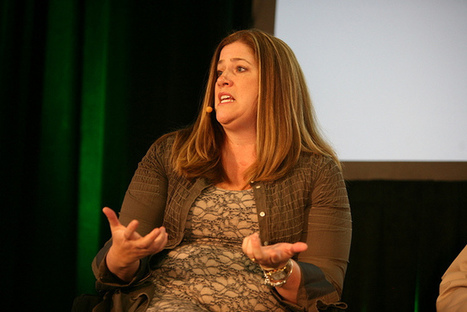...showcase–those who are doing the hard work to integrate social media into some of America’s bigger companies. And then I got to thinking–there really is no list of these people anywhere.
Oh sure, there are Twitter lists here and there. Jeremiah Owyang has his list of social media new hires (and the last time he posted it was April 7). But, I really haven’t seen a good list of corporate social media leaders anywhere.
Probably with good reason. These folks are in high demand. Any such list would be pretty valuable to recruiters and agencies/companies (insert Arik evil laugh here). So, I thought, why not create one? Or, at least START to create one.



 Your new post is loading...
Your new post is loading...













Who's on first... in social media...Great list from @ArikHansen and lots more potential follows in comments.